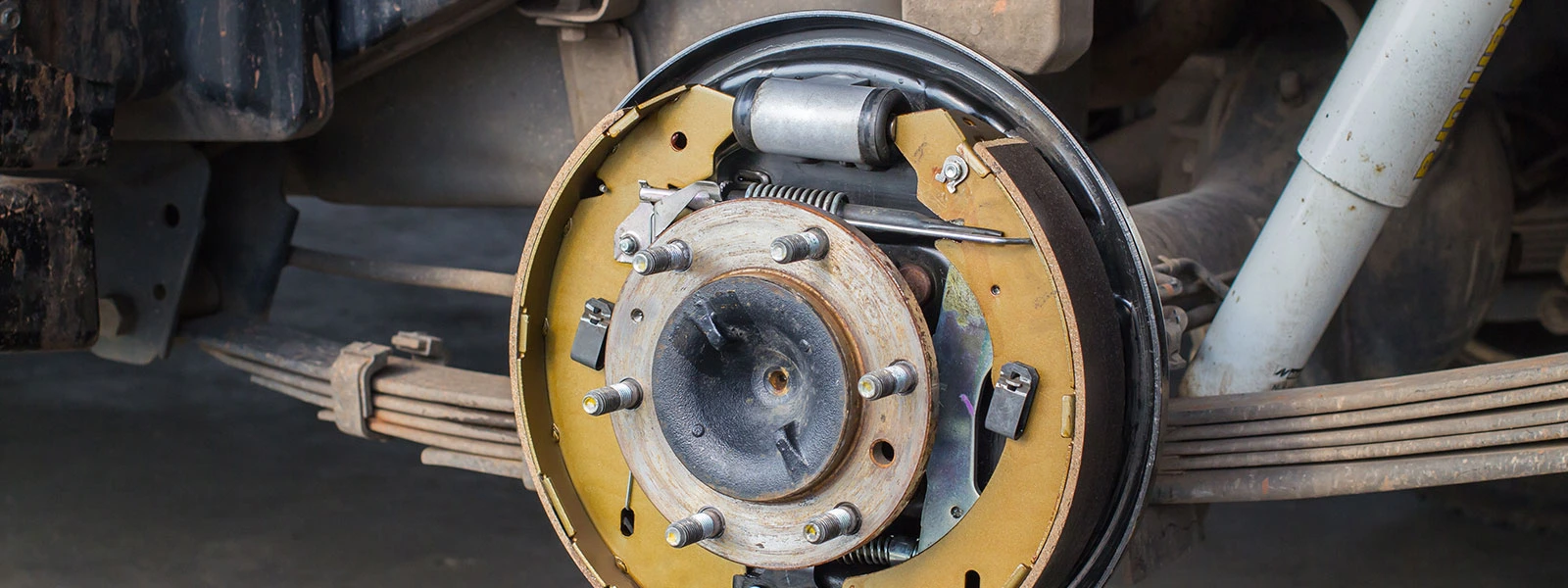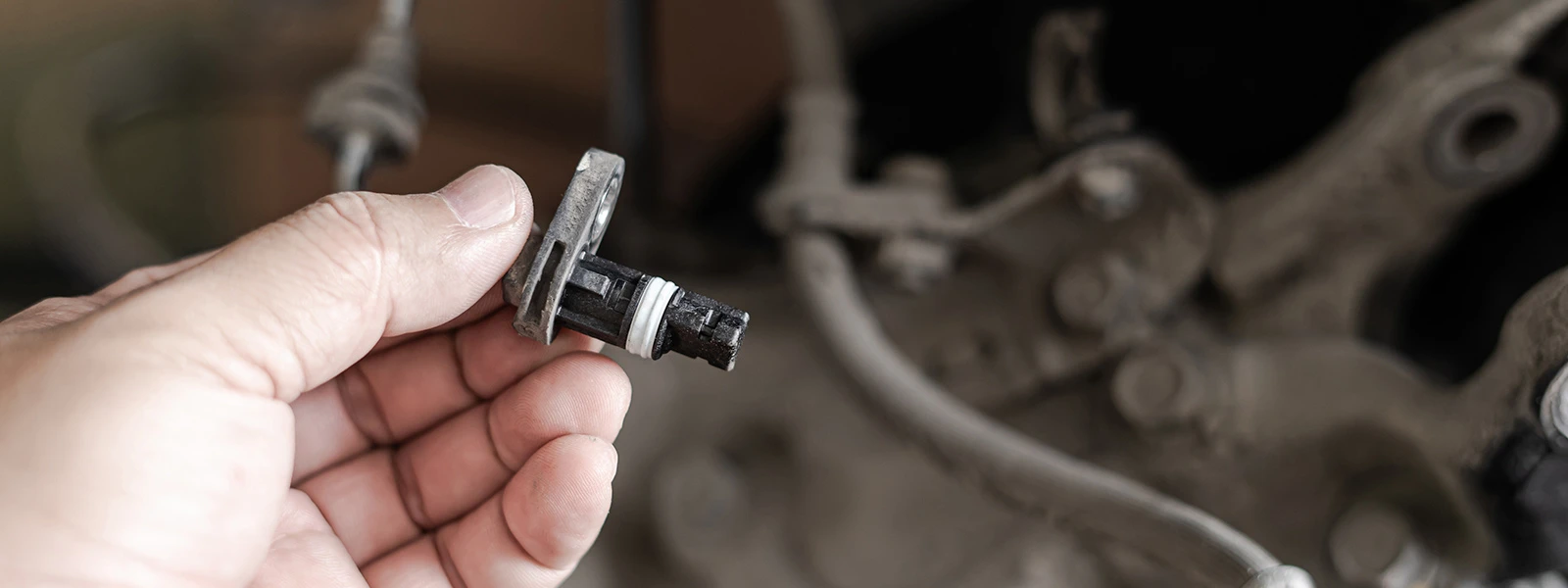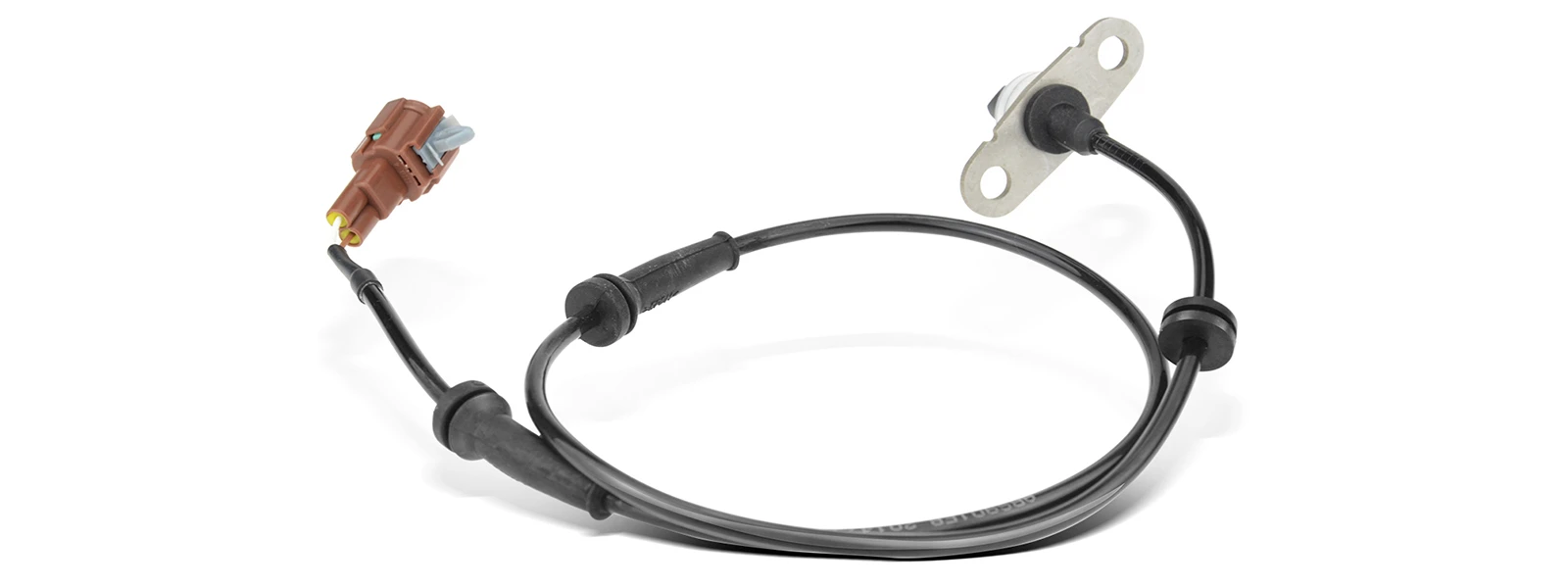
How to Replace the ABS Sensor in Car?
If you're experiencing issues with your vehicle's ABS system, it's possible that one or more of the sensors responsible for detecting wheel speed has failed. Luckily, replacing an ABS sensor is a relatively straightforward task that can be done in your own garage with just a few basic tools and a little bit of know-how. Get back on the road with our guide.

What does the ABS sensor do?
In the United States, ABS technology has been mandatory in all new vehicles sold since 2004. The primary function of the ABS system is to prevent the wheels from locking up and skidding when a driver applies sudden or hard brakes.
The ABS sensor is usually located near the wheel hub and works by monitoring the speed of the vehicle's wheels. The sensor sends this information to the ABS control module, which uses it to determine if any of the wheels are about to lock up during braking. If the ABS control module detects that a wheel is about to lock up, it will momentarily release the brake pressure on that wheel, allowing it to rotate and maintain traction with the road. This process helps prevent skidding and loss of control during sudden or hard braking, which can be especially important in wet or icy road conditions.
Bad ABS sensor symptoms
If you are experiencing any of the following symptoms, it may be a sign of bad ABS sensor and you may need to replace your ABS sensor:
- ABS warning light: If the ABS sensor is malfunctioning, it may trigger the ABS warning light to come on. This light can be located on your dashboard and may stay on even after you start your vehicle.
- Unresponsive brakes: A bad ABS sensor can cause your brakes to feel unresponsive or inconsistent. If the sensor is not accurately detecting the wheel speed, it can cause the ABS system to engage or disengage when it shouldn't, which can affect the braking performance of your vehicle.
- Strange noises: You may hear strange noises coming from your vehicle's braking system if the ABS sensor is bad. These noises can include grinding, squeaking, or clicking sounds.
- Poor traction control: If your vehicle has traction control, a malfunctioning ABS sensor can cause this system to work improperly. Traction control uses the ABS sensor to monitor the wheel speed and adjust the engine power and braking force to prevent wheels from slipping on wet or icy roads. If the sensor is not working correctly, traction control may not function properly, which can affect your vehicle's stability and control.

If you have confirmed that your car needs an ABS sensor replacement, you are suggested to do some preparation work.
- Diagnose the problem: Before you begin any repair work, it's important to ensure that the ABS sensor is the root of the issue. The symptoms of a bad ABS sensor can be similar to other brake-related problems, so it's important to confirm that the sensor is the cause of the problem. You can do this by taking your vehicle to a qualified mechanic who can perform a diagnostic test and confirm the issue.
- Identify the location of the ABS sensor: The location of the ABS sensor can vary depending on the make and model of your vehicle. Refer to your vehicle's owner manual or consult with a mechanic to locate the sensor.
- Gather the necessary tools: You will need a set of basic hand tools such as a wrench, socket set, pliers, and a screwdriver to remove and install the ABS sensor. Additionally, you may need a torque wrench to properly tighten the sensor.
- Order the replacement ABS sensor: Once you have confirmed that the ABS sensor needs to be replaced, order the replacement part from a reputable supplier. Be sure to get the correct sensor for your vehicle's make, model, and year.
By referring to the above info, you may get ready for your ABS sensor replacement. But anyway, if you are not sure whether you can finish the job by yourself, it's always a good idea to seek the help of a qualified mechanic.
Removing the old ABS sensor
After the preparedness work is done, you are ready to replace the ABS sensor by firstly removing the broken or bad one. Refer to the following steps:
- Locate the broken ABS sensor, which may be near the wheel hub or brake rotor.
- Disconnect the electrical connector by gently squeezing the clip and pulling it away from the sensor.
- If the sensor is held in place by a retaining bolt, use a wrench or socket set to remove it.
- Try gently wiggling the sensor to see if it will come out of its mounting position. If it is stuck, you may need to use a penetrating lubricant and let it sit for a few minutes before attempting to remove it.
- If the sensor is still not coming out, you may need to use a specialized tool such as a sensor removal kit or a slide hammer to extract it from its mounting position.
- Once the broken sensor is removed, clean the mounting area of any debris or rust before installing a new sensor.
Installing the new ABS sensor
- Clean the mounting area: Before installing the new sensor, make sure that the mounting area is clean and free of any debris or rust. Use a wire brush or a scraper to remove any buildup.
- Install the new sensor: Insert the new ABS sensor into the mounting hole and make sure it's seated properly. If the sensor has a retaining clip, secure it in place by gently pressing it down until it snaps into place.
- Reinstall the retaining bolt: If the sensor is held in place by a retaining bolt, use a wrench or socket set to reinstall it and tighten it to the manufacturer's specifications.
- Reconnect the electrical connector: Connect the electrical connector to the new sensor by pushing it in until you hear a click or feel a snap.
During the whole installation process, you are always recommended to follow the User Manuals or Installation Guide to make sure you are getting things done correctly.
Testing the new ABS sensor after installation
- Start by turning on the ignition of your car.
- Put the car in gear and drive it slowly, making sure to maintain a low speed.
- While driving, apply the brakes gently and check if the ABS system engages. You should feel a pulsation in the brake pedal, and the wheels should not lock up.
- If the ABS system does not engage, use a diagnostic tool to check for any error codes. Modern cars have onboard diagnostic systems that can help you identify the cause of the problem.
- Check the wiring and connections to the ABS sensor. Make sure that all the connections are tight and that there is no damage to the wiring.
- If everything looks fine, you may need to replace the ABS module or the wheel bearing. These components can also cause ABS problems.
- If you are still having problems, take the car to a professional mechanic who can diagnose and fix the problem.
Common Mistakes to Avoid
When replacing an ABS sensor, there are several mistakes that you should avoid to ensure the proper functioning of your car's ABS system. These include:
- Forgetting to disconnect the battery before replacing the sensor, which can cause electrical damage.
- Failing to clean the mounting surface thoroughly, leads to poor sensor performance or failure.
- Using too much force when installing the new sensor, which can damage the sensor or mounting surface.
- Not properly torquing the mounting bolt, causing sensor movement or failure.
- Not resetting the ABS system with a diagnostic tool after installing the new sensor, which can cause error codes and malfunctioning of the system.
- Neglecting to check the wiring and connections before installing the new sensor, which can lead to further issues.
- Installing the wrong sensor, leads to poor performance or failure of the ABS system.
In short, replacing an ABS sensor may seem daunting, but with the right tools and approach, it can be done by most car owners. By understanding the signs of a failing ABS sensor and following the step-by-step guide to prepare for, remove, install, and test the new sensor, car owners can feel confident in their ability to maintain their vehicle's safety and performance. Remember to avoid common mistakes and seek professional help if needed, and you'll be well on your way to a successful ABS sensor replacement.





